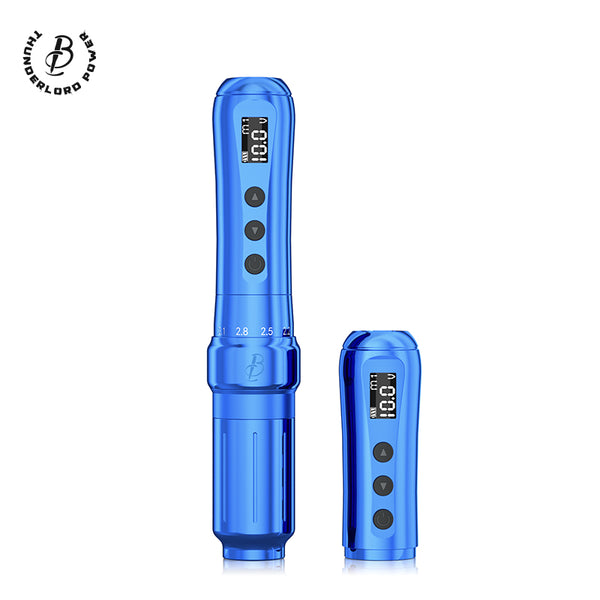In the realm of pain management, minimal scent topical anesthetics have emerged as a significant advancement, offering effective relief while minimizing discomfort associated with strong odors. Understanding their benefits can help both practitioners and patients make informed choices.

What Are Minimal Scent Topical Anesthetics?
Minimal scent topical anesthetics are specially formulated creams or gels designed to numb the skin's surface with little to no fragrance. This characteristic is particularly beneficial for individuals who may be sensitive to strong scents or those who prefer a more neutral experience during medical or cosmetic procedures. But how do these anesthetics work?
These products typically contain active ingredients such as lidocaine or benzocaine, which block nerve signals in the area where they are applied. The result is a significant reduction in pain perception, allowing for a more comfortable experience during procedures such as tattooing, laser treatments, or minor surgical interventions.
Advantages of Using Minimal Scent Topical Anesthetics
- Enhanced Comfort: Patients often report a more pleasant experience when using products that lack strong fragrances.
- Reduced Anxiety: The absence of overpowering scents can help alleviate anxiety, making procedures less daunting.
- Versatility: These anesthetics can be used in various settings, including dermatology, dentistry, and cosmetic applications.
- Quick Onset: Many minimal scent topical anesthetics provide rapid relief, allowing for efficient treatment without prolonged waiting periods.
Applications in Pain Management
The applications of minimal scent topical anesthetics are vast. They are commonly used in:
- Tattooing: Artists often apply these anesthetics to enhance client comfort during lengthy sessions.
- Laser Treatments: Patients undergoing laser hair removal or skin resurfacing benefit from reduced pain and discomfort.
- Minor Surgical Procedures: Surgeons utilize these products to numb areas before performing small incisions or biopsies.
For those interested in exploring options for permanent makeup, consider checking out  that may incorporate minimal scent topical anesthetics for a more comfortable experience.
that may incorporate minimal scent topical anesthetics for a more comfortable experience.
Choosing the Right Product
When selecting a minimal scent topical anesthetic, it is essential to consider factors such as:
- Active Ingredients: Look for products containing effective anesthetic agents.
- Application Method: Some products come in tubes, while others are available in spray form, offering different levels of convenience.
- Skin Sensitivity: Always conduct a patch test to ensure no adverse reactions occur.
Conclusion
In conclusion, minimal scent topical anesthetics represent a thoughtful approach to pain management, prioritizing patient comfort and satisfaction. By understanding their benefits and applications, both practitioners and patients can make informed decisions that enhance the overall experience during medical and cosmetic procedures.








